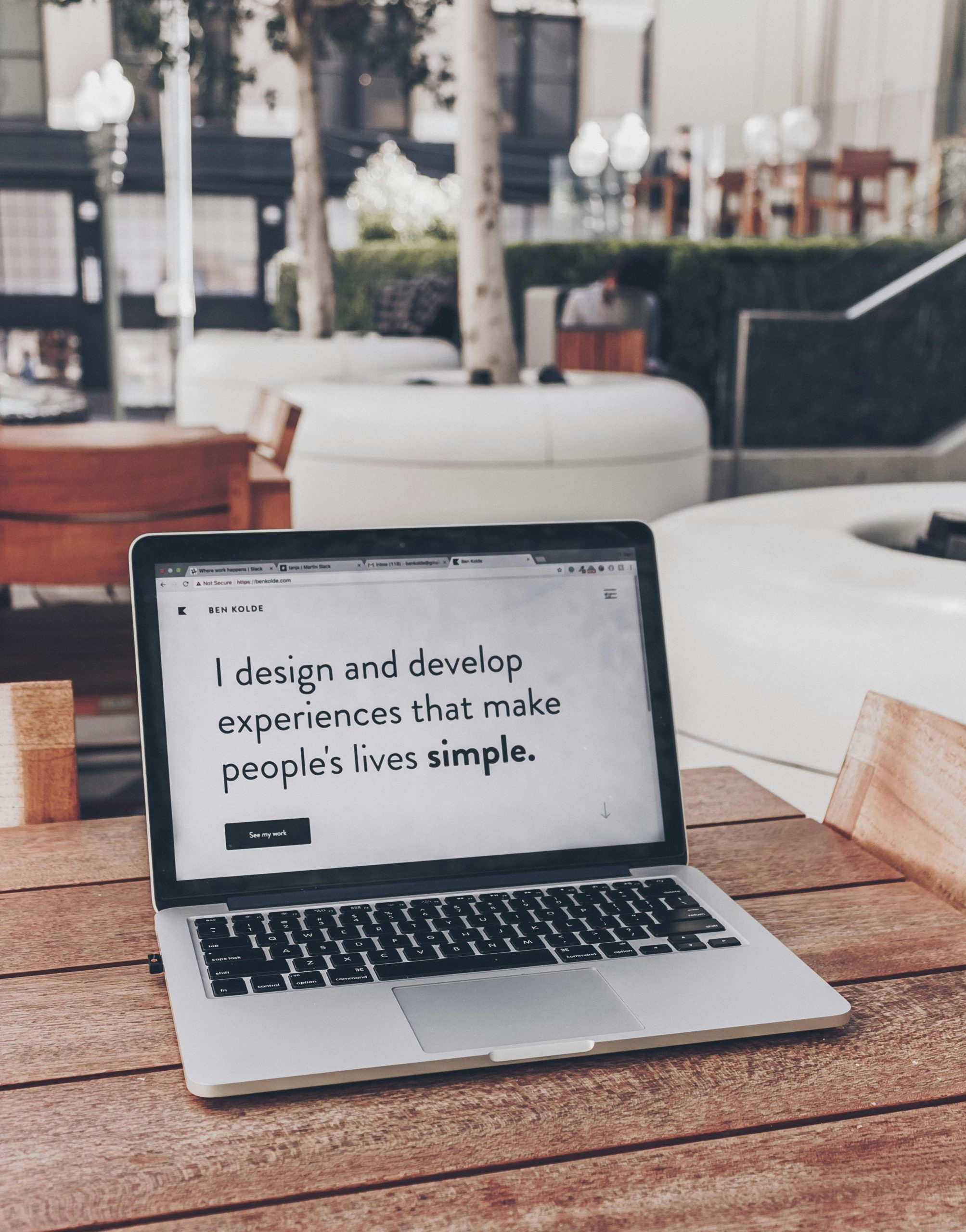Learning to code can feel overwhelming, but with the right approach, anyone can master the basics and start building real projects. Whether you’re aiming for a career in tech, looking to automate tasks, or just exploring a new hobby, this guide will help you take your first steps into programming.
Why Learn to Code?
Before diving in, it’s important to understand why coding is such a valuable skill:
✅ High Demand for Developers – Tech jobs continue to grow, with competitive salaries.
✅ Problem-Solving Skills – Coding teaches logical thinking and creativity.
✅ Build Anything – From websites to apps, automation scripts, and games.
✅ Remote Work Opportunities – Many coding jobs offer flexibility.
Step 1: Choose a Programming Language
Not sure where to start? Here are beginner-friendly options:
| Language | Best For | Difficulty |
|---|---|---|
| Python | Web dev, data science, AI | Easy |
| JavaScript | Front-end & full-stack web dev | Moderate |
| HTML/CSS | Website structure & styling | Very Easy |
| Java | Android apps, enterprise software | Moderate |
| C# | Game development (Unity) | Moderate |
Recommendation for absolute beginners: Start with Python or JavaScript—they have simple syntax and vast learning resources.
Step 2: Set Up Your Development Environment
You don’t need expensive tools to begin coding. Here’s what you’ll need:
- A Code Editor (free options):
- VS Code (best for most languages)
- PyCharm (for Python)
- Sublime Text (lightweight)
- A Web Browser (for JavaScript/HTML/CSS): Chrome or Firefox with DevTools.
- A Learning Platform (interactive coding):
- freeCodeCamp
- Codecademy
- Scrimba
Step 3: Learn the Fundamentals
Every programmer should master these core concepts:
- Variables & Data Types – Storing and manipulating data.
- Conditionals (
if/else) – Making decisions in code. - Loops (
for,while) – Repeating tasks efficiently. - Functions – Reusable blocks of code.
- Debugging – Fixing errors in your programs.
Tip: Practice with small projects like a calculator or a to-do list.
Step 4: Work on Real Projects
The best way to learn is by building. Try these beginner-friendly ideas:
- Personal Portfolio Website (HTML/CSS/JavaScript)
- Simple Python Game (Rock-Paper-Scissors)
- Automate a Repetitive Task (e.g., file organizer script)
- Build a Weather App (using an API)
Step 5: Join the Coding Community
Learning alone can be tough—connect with others for support:
- Ask questions on Stack Overflow
- Join coding groups on Reddit (r/learnprogramming) or Discord
- Contribute to open-source on GitHub
Step 6: Keep Improving & Apply for Jobs
Once comfortable with basics:
- Learn frameworks (React, Django, Flask).
- Build a GitHub portfolio.
- Practice coding challenges on LeetCode.
- Consider freelancing or internships for real-world experience.
Final Thoughts
Coding is a journey—start small, stay consistent, and don’t fear mistakes. Every expert was once a beginner!
🚀 Ready to code? Pick a language today and write your first program!
Got questions? Drop them in the comments below!
Further Resources:
- MDN Web Docs (Great for web dev)
- The Odin Project (Free full-stack curriculum)
- Harvard’s CS50 (Free intro to computer science)
Which language are you starting with? Let us know! 👇
Discover more from Nexus
Subscribe to get the latest posts sent to your email.
